Soylent. Have you heard of it?
It’s not just that creepy 1970s movie anymore. According to the company, Soylent is “a food product (classified as a food, not a supplement, by the FDA) designed for use as a staple meal by the adults. Each serving of Soylent provides maximum nutrition with minimum effort.”
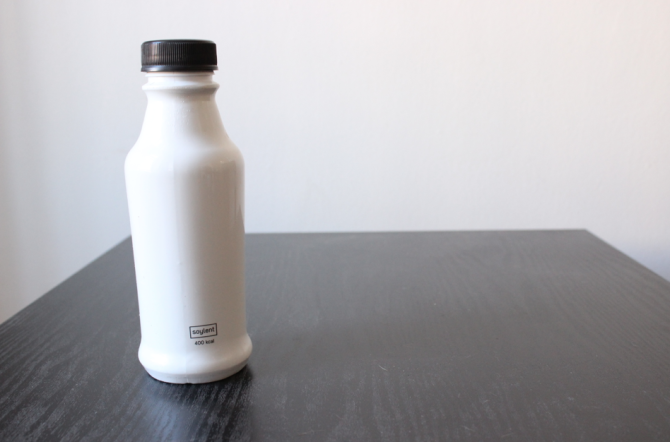
Photo by Katherine Baker
Um, what? Soylent comes in powder or drink form, and is made from ingredients like soy protein, algal oil, isomaltulose (a slow-digesting source of carbohydrates from beets) and a bunch of vitamins and minerals.
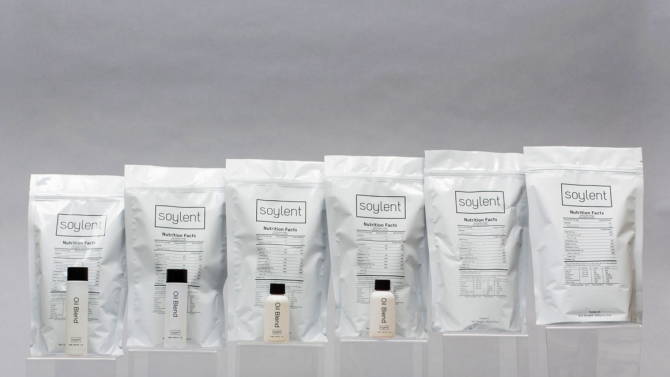
Photo courtesy of soylent.com
Each serving of the powder chalks in at 500 calories, with exactly 25 percent of all micronutrients one needs in a day, and each bottle of the beverage contains 400 calories, and 20 percent of the micronutrients needed in a day. The idea: have 4 servings of the powder or 5 bottles, and basically, you’re good. You’ve gotten everything you need for the day.
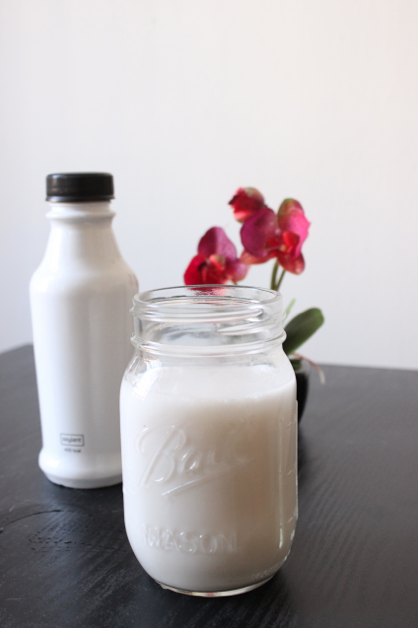
Photo by Katherine Baker
Products are vegan, lactose-free, nut-free and made in the USA. If you wanna know more, you can check out their extensive FAQs page which even assures you that if you switch to a all-Soylent diet, you will still poop (yay).
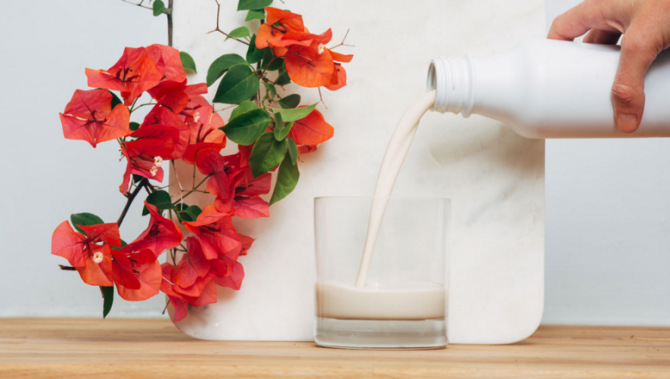
Photo courtesy of soylent.com
So what does it taste like? Well, in the sake of journalism, I gave the bottle version a whirl. Here are my thoughts:
I found the consistency to be rich and thick, like that of a melted milkshake, or a bottle of half and half. There was a subtle, indistinguishable flavor, and reminded me of thick muted vanilla soymilk.
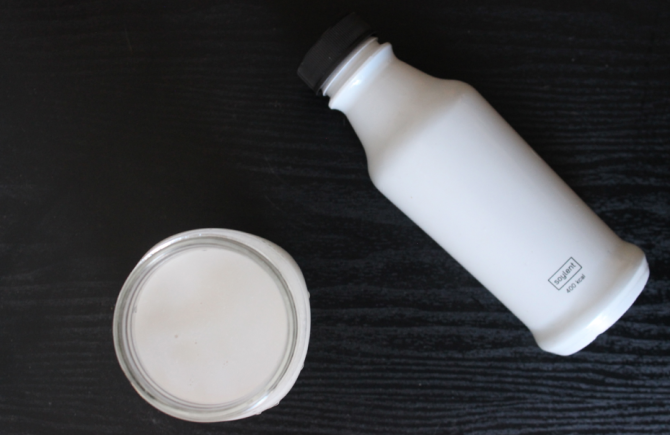
Photo by Katherine Baker
It wasn’t bad. I didn’t dislike it. But it wasn’t anything I’d write home about either. I would rate it as “pretty decent.” Considering it’s meant to be consumed in large quantities, the mild flavor is actually in its favor, because it’s not a strong flavor one would tire of easily.

Photo courtesy of soylent.com
I ended up pouring some into my iced coffee which was fairly tasty, and I could see it as a good base in smoothies.
But Soylent, even though it theoretically provides 100% nutrition, is missing a few key things. It lacks a diverse range of phytochemicals (the things that give plants colors which protect you from disease), and antioxidants. It’s generally believed that it’s always best to consume nutrients from foods, and although Soylent is a food, it doesn’t fulfill the “variety” component of what is considered a healthy, balanced diet.
Would I buy it again? Probably not. For 400 calories, I could eat a small nourishing meal, like oatmeal with chia seeds and peanut butter and banana slices, or half an avocado veggie sandwich with an apple.
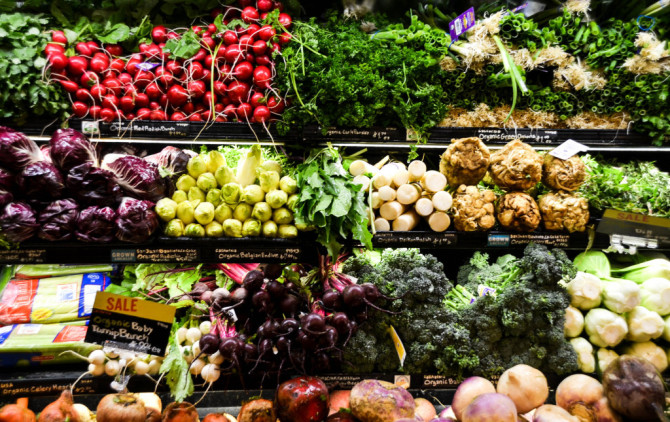
Photo by Jocelyn Hsu
The bottom line: Soylent is pretty neat in concept, but it can’t give you everything real, nutritious food can. Convenient as a source of nutrients when you’re on the go, and/or a good addition to an otherwise healthy diet, Soylent is, in my opinion, not a substitute for food in general. If you wanna try it, I suggest enjoying it as part of a balanced diet, among whole fruits, vegetables, grains, legumes and nuts.


